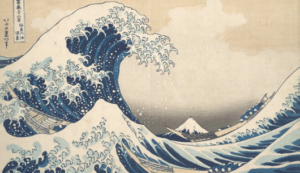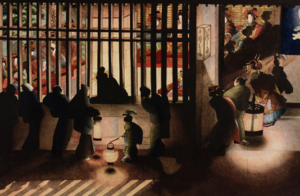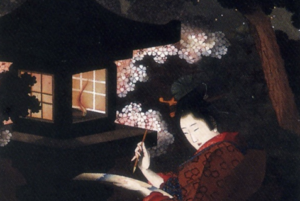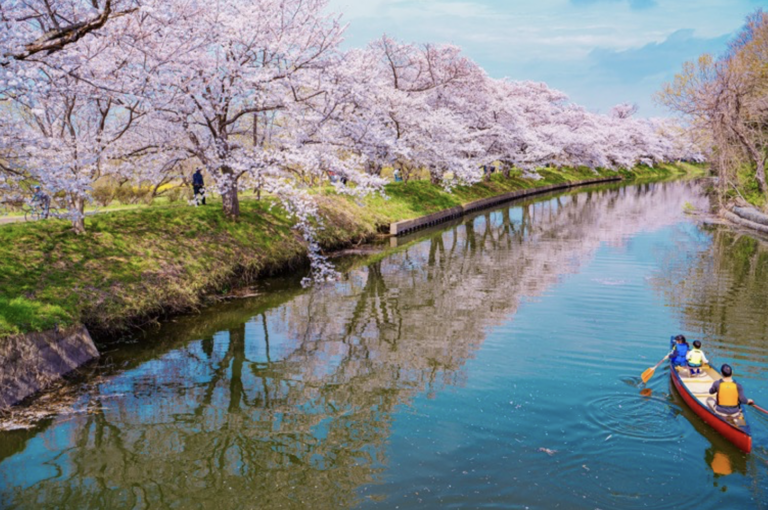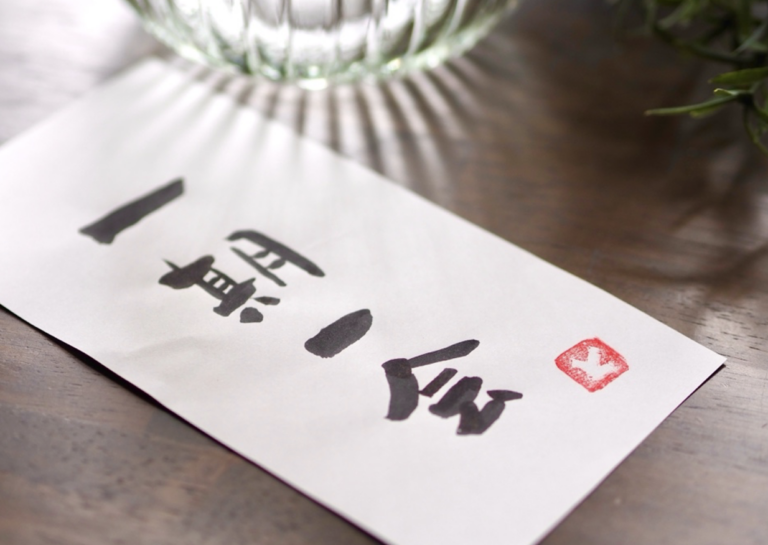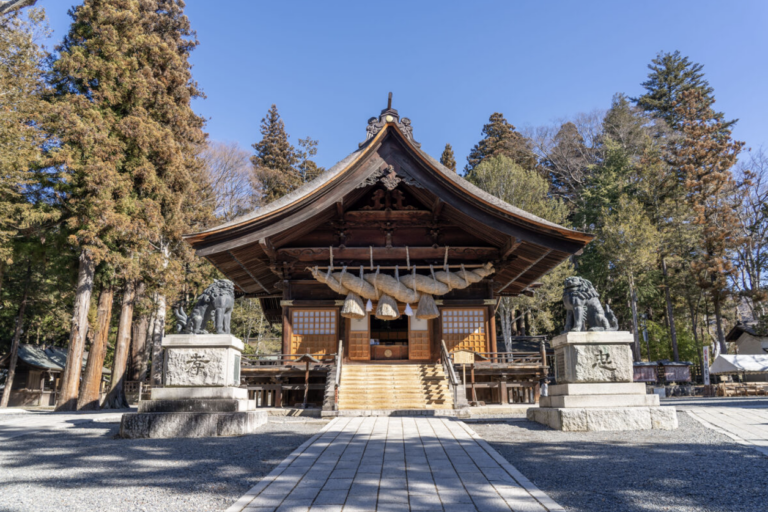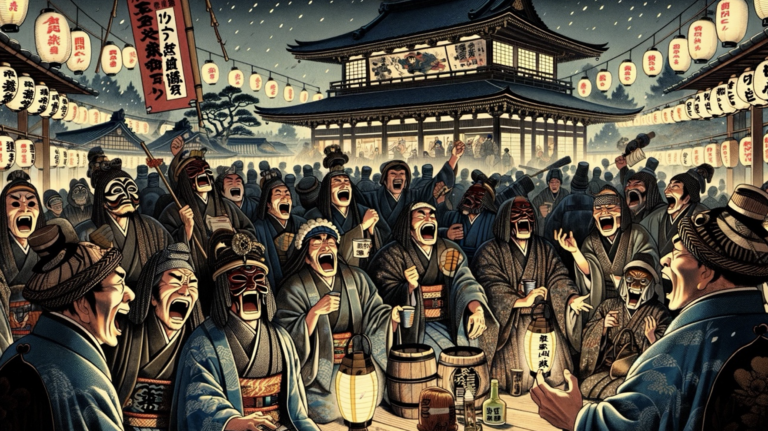A hidden prodigy. A genius painter who was quite odd.
Have you ever seen this painting?
ou may have seen this work of art before, as it is considered exemplary of Japanese art. It is one of the “Fugaku Sanjurokkei” (Thirty-six views of Mt. Fuji), from a series of 46 paintings. “Fugaku” means Mt. Fuji. Due to strong sales then, more works were added to the original 36, bringing the total to 46.
The artist who painted this picture was a man named Katsushika Hokusai. You probably know him as well as his paintings, but not many people know that his daughter was extremely talented.
In this article, I would like to follow her life and artwork.
The daughter of Hokusai: Ōi Katsushika
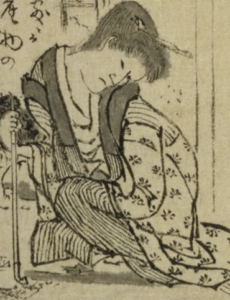
Hokusai had two sons and three daughters, of which she was the third. The name “Ōi” is rare in Japan, but Hokusai changed her name to that because he always beckoned her with “Oi!”.
She was no longer normal at this point. Actually, her chin stuck out a bit and Hokusai called her “Chin!”. He was an awful father.
She left behind many beautiful works of art that also incorporated Western painting styles.
She painted beautiful art with quite a different quality to her father and helped him with his artwork since she was a child. She was truly gifted and talented.
人間性はなかなかひどい
Humanity is quite awful
Ōi married a Japanese painter, but she inevitably compared him to her father and often made fun of her husband. Naturally, they immediately divorced, and she returned to her parents’ home.
However, that is where the terrible life of parent and child begins. They were not able to clean up the house at all. The house was full of garbage, and they didn’t care about their clothes, but they were perfectly fine.
When one house was full of so much garbage that it made living there too hard, they would move house. Hokusai moved a total of 93 times in his life.
In her later years, Oi developed a fear of death and became a Buddhist monk. She continued performing “odori-nembutsu”, a traditional artform in Japan in which you recite Buddhist incantations while dancing.
She also took mushrooms that were parasitized underground pine roots as herbal medicine and made small dolls. It seems that these dolls were well-made, and she amassed considerable assets. She was a genius, after all.
Words of wisdom left behind by Ōi
Ōi had a father who was a genius, and she possessed great talent herself. Here is a quote she left behind:
“My father, Hokusai, has been painting every day since he was a small child until he was over 80 years old. He lamented with tears in his eyes that he could not even paint two cats to his satisfaction. Whether painting or doing anything else in life, when you face despair and things don’t go well, that’s the best opportunity to improve.”
Even geniuses are troubled. It is natural for ordinary people to be worried too, which means that we have to think beyond those troubles and move on with our lives and overcome them.
ABE KENGO


